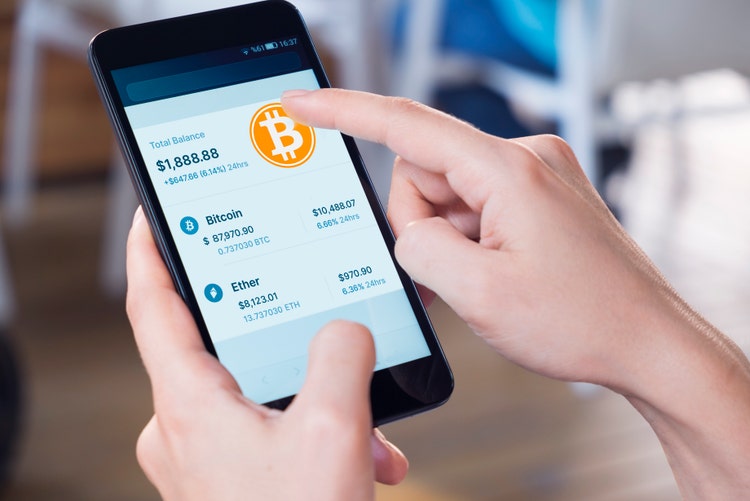With 2022 underway, and with quite a bit of volatility already behind us, I wanted to take another look at this small part of my portfolio to see if I should make any adjustments and/or change my outlook.
Looking back, there was quite a bit to be excited about, for a time.
For investors who took some profit there, and generally bought only on weakness in the past twelve months, they are probably doing pretty well.
After all, I liked it in the low and mid-40s before, so why not now? While I do see some merit to adding to my position here, there are some macro forces at play that ultimately make me reluctant.
Yes, I see a future for crypto and I wanted to ride the popularity trend, but I was also looking for a way to reduce some of my equity exposure and lock in profits after a tremendous post-bear market surge.
When the coin first became popular, the relationship was weak, oftentimes it was even negative with the S&P 500, which is ideal for hedges in my view.
This reality is making me reluctant to put more cash in this asset class, despite the rapid fall in price we have seen of late.
The Fed has so far only moved its benchmark rate by .25 basis points – a relatively dovish move despite the hawkish rhetoric and rapid rise in inflation.
As the above graphic shows, inflation’s acceleration has only gotten worse as 2022 has gone on.
This is a time to stay within risk tolerances and comfort zones, so readers don’t find themselves over-extended if these assets move south.
I believed this would improve the credibility of the asset, and ultimately open the door up for investors who were on the fence with this investment type to dive in.
Yet, much of the headline regulation that has come out from developing countries especially is not the type of managed regulation I was hoping to see.
While it is a bit unknown what the end result is going to be, the current administration is taking aim at regulating it with a lighter touch than what we have seen in Asia so far.
Yellen was quoted as saying regulation should be “tech neutral”, which can be interpreted as meaning digital assets should not have overly burdened by excessive regulations in excess of what the traditional banking system faces.
This protects investors because then assets are segregated and not used by the exchanges for day-to-day operations.
This is a global asset, so what happens in China, Thailand, or anywhere else has important implications for BTC’s price.
This is still an emerging asset class, and the future presents plenty of opportunities as well as risks.
One positive of importance is how crypto is viewed along demographic lines.
In particular, as members of the 18-29-year-old cohort graduate college, move into careers, and progress, this will open up their incomes and disposable assets to invest in this growing sector.
At this juncture, there is increasing scrutiny by global governments to limit the extent consumers and households can use these assets.
However, readers may be interested in knowing that, on a relative basis, BTC is actually getting less volatile than a popular growth/tech U.S.
My take here is to remain in a holding pattern for now, and initiate a larger position when the outlook is clearer or the twice drops .
I list my portfolio here so readers can gain insight in to what I am buying/holding, what I’m not, and how that lines up with the views I present in my articles.
Disclosure: I/we have a beneficial long position in the shares of BTC-USD either through stock ownership, options, or other derivatives.
